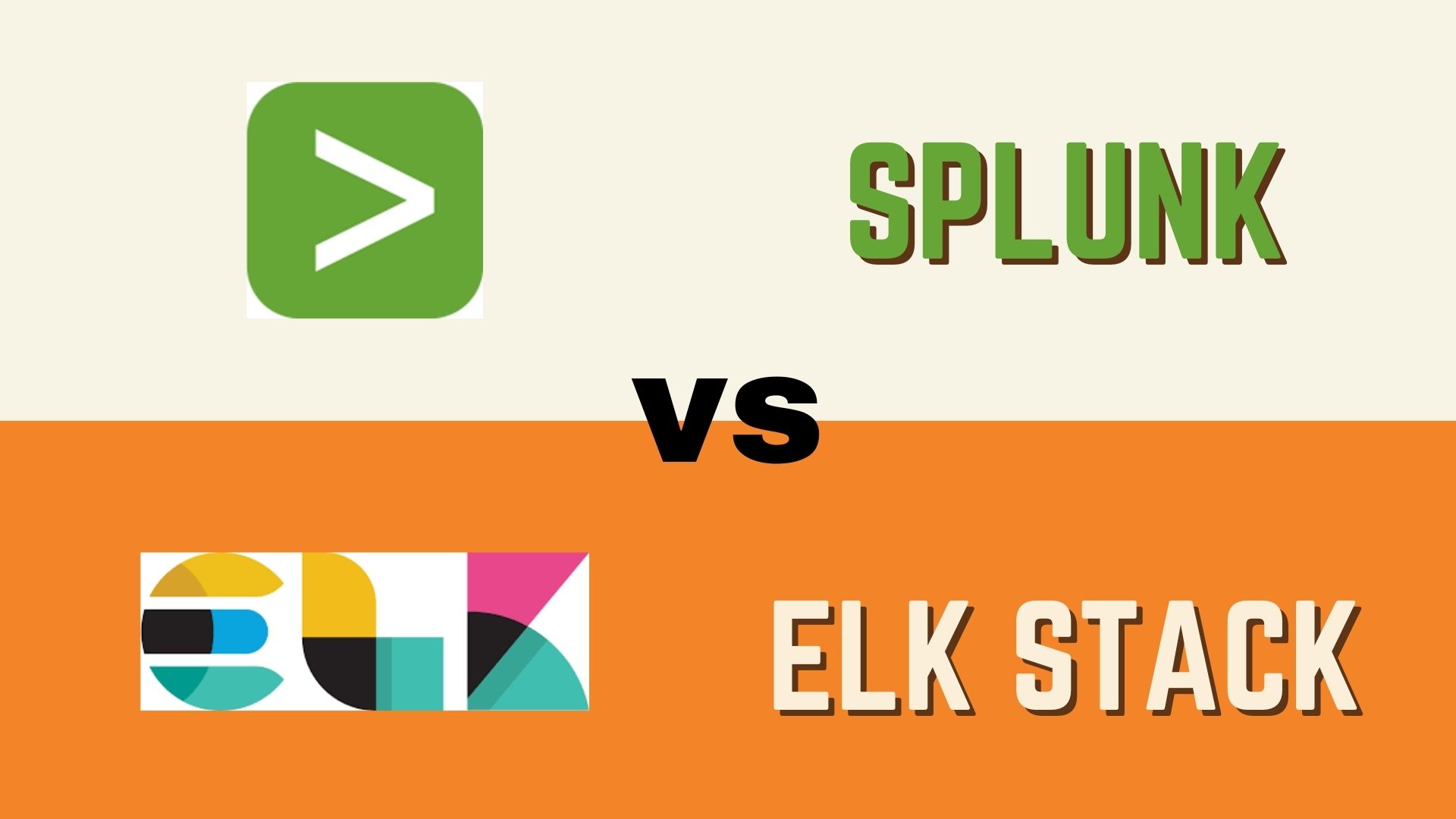
Many companies are searching for operational intelligence tools in today’s IT world to get insight into their big data and derive the most cost out of it. As many tools are rising in the market, choosing the right one is an imperative and huge decision. Elasticsearch is a database search engine, and Splunk is a software tool for monitoring, analyzing, and visualizing the data, which are the most broadly used tools in the domain of Operational Data Analytics.
They are contemplated as the “big two in the log analytics world.” They share a similar aim: each is designed to store and analyze machine logs by providing a unique method to solving the Log Management issues and making it more seamless. Log Management solutions are essential to an organization’s layered security framework. Without them, organizations would hardly ever have any visibility into the actions and events taking place inside their infrastructures that may want to be a source of vulnerability to data breaches or a breach in security.
In the face of the ever-growing log data of IT companies, they are trying to find ways to manage the expanding log data while providing a scalable strategy to collect and index log documents and provide a search interface to engage with data. But for both, these nifty tools enable users to be impervious to the collected data and additionally to create visualizations reports, dashboards, and alerts. This post will look into the difference between Splunk and ELK and see how they compare to each other in various aspects.
1. Technology
Splunk is a single closed-source product, even though both Splunk and ELK use an Agent to collect the log file data from the target servers. In this, the Splunk Universal Forwarder is the Agent. It stores data in Indexes; Splunk uses a proprietary technology primarily developed in C++ for indexing. In addition, for search purposes, It uses a Search Head, a Splunk instance with specific functions for searching. Also, Querying in Splunk is done by using its proprietary SPL (Splunk Processing Language), whose syntax resembles SQL-like statements with Unix Pipe.
ELK combines the power of three open-source products such as ElasticSearch, LogStash, and Kibana, and in ELK, LogStash functions as the Agent. This leverages Apache Lucene, an open-source technology written in Java. Also, ELK uses Kibana, an open-source data visualization platform. It employs Query DSL with an underlying JSON formatted syntax. Opt for the Splunk training for a better understanding of that technology.
2. Features and implementation
The parsing model: ELK does event parsing when data is ingested, while Splunk does parsing when searches are executed. So once data is undigested, you cannot perform event parsing.
Injecting data: Far easier in Splunk than ELK. The GUI of Splunk is very user-friendly and intuitive. For ELK, you must get the configuration right before data gets indexed by ES.
Visualization: The Splunk Web UI is equipped with flexible controls that let you edit and add new components to your dashboard. You can configure the management and user controls for multiple users where each user can have a customized dashboard. Another great aspect of Splunk is that it supports visualizations on mobile devices as well. Even on mobile devices, you can customize the application and visualization components using XML.
ELK has Kibana in the ELK Stack. Just like Splunk Web UI, Kibana also allows you to create visualizations like line charts, tables, etc., and present them on the dashboard. There’s also a search filter that appears above the different views. So, if you use a query, it will be automatically applied to elements of the dashboard. However, unlike Splunk, Kibana does not support user management.
Log filtering: ELK is a plus.log filtering option is more advanced in ELK than Splunk.
Log search capability: Splunk has its own special language for creating search queries; it is more flexible and has many options compared to Splunk ELK has limited search capabilities.
Vendor Lock-In: In Splunk, its high price tag comes with the advantage of providing an overall and well-rounded product; customers might be locked into a vendor when one vendor is all that is required to do nearly anything.
The ELK Stack, which is open source, offers nearly free service, but it does not allow much functionality like alerting out of the box, and it costs money to develop and maintain them.

Conclusion:
In summary, both Splunk’s and ELK’s principal aim is to monitor, analyze, aggregate, and visualize machine log files. However, there are a few pertinent differences. Splunk is a greater dependent solution with a most effective user interface; however, buying user licenses is costly. Kibana’s data visualizations are much less elegant. However, it is open-source; thus, there is no user licensing cost. Finally, the answer to whether to enforce ELK or Splunk is totally based on which product best suits the company’s organizational goals.

